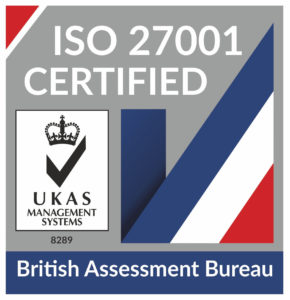
HaloITSM Guides
Documentation to assist with the setup and configuration of the HaloITSM platform
Config Change Tracking and Transfer of Configuration from UAT to Production environments
In this lesson we will cover:
- Tracking Configuration Changes
- Rollback Changes
- Entities this applies to
Tracking Configuration Changes
Tracking and transfer of Configuration from UAT to Production environments has been added (Hosted Only).
Fig 1. Enable config change tracking setting in Configuration > Advanced Settings
With this setting enabled, for supported entities a snapshot of each configuration change that is made is captured, along with a roll-back script (where possible).
These configuration changes can be viewed in the app from Configuration > Advanced Settings, in the "View config changes" button in Fig 1.
Rollback Changes
Another great use case of config change tracking is to be able to rollback settings you may have enabled i.e. you select a checkbox in configuration, this counts as a config change that is tracked, and it can be rolled back on the config change tracking list, by clicking into the change and clicking the rollback action on the screen.
Entities this applies to:
- Global settings
- Enabled modules
- Ticket Types
- Statuses
- Action config
- Workflows
- Templates
- Charge Types
- Service Categories
- Services
- Custom Fields
- Custom Tabs
- Custom Tables
- Field Groups
- Canned Text
- Qualifications
- Workdays
- Notifications
- Ticket rules
- Email Templates
- Asset Groups
- Asset Types
- SLAs
- View Lists
- Column Profiles
- Filter Profiles
- Categories
- Teams
- Organisations
- Departments
- Roles
- Lookup
- Asset Fields
- Site Fields
- Chat Profiles
- Approval Groups
- Approval Rules
- User Roles
- FAQ Lists
- Custom Buttons
- Ticket Areas
Fig 2: Change tracking icon
The Config Changes list serves as a way of auditing configuration. Configuration changes are listed from newest to oldest.
Fig 3. Configuration change list
From the list, you can bulk-select commits and export them to a JSON file. Commits can be imported from this screen as well, serving as an easy way to move config into another instance of Halo.
The supported entities now have their own unique IDs, allowing relationships to be maintained between entities when importing changes to different instances. In other words, the usual integer primary key is not used to link the entities together, it is instead using a new unique GUID for each row.
Commit details can be viewed by clicking on the list. This shows details of the API request that was made and the rollback API call. DELETE's cannot be rolled back.
Fig 4. Example of an edited configuration setting
Config changes involving password fields and sensitive information will be encrypted and details will not show.
On this screen, you can "Rollback before this change". This will revert each change made after the selected change sequentially, along with the change you have selected, restoring the config to the point it was at before the change was made.
Expanding upon this, hosted customers with both UAT and Production Halo environments will now see a new Configuration option for "Instances". Config > Instances will list each of your linked Halo instances, along with configuration differences between the current instance.
Fig 5. Status of changes between production and other instances
An instance will be classified as in-sync once it matches the version of the current instance, and a UAT restore has been performed from the production environment for the first time after the production environment is on v2.104.
For instances that are in sync, you can view the config differences between the current instance and the selected instance from the instance details screen. Changes can be Pushed to the selected instance, or Pulled onto the current instance from the "Changes Behind" and "Changes Ahead" tabs. This replicates the same API request that was made for the changes in the other instance for each commit sequentially from the oldest first.
Fig 6. Seeing how many changes behind UAT is
For non-production instances, a "Restore from Production" button will also show on this screen. Use this button to log a request with Halo Support to update the UAT instance with the latest production data.
Popular Guides
- Asset Import - CSV/XLS/Spreadsheet Method
- Call Management in Halo
- Creating a New Application for API Connections
- Creating Agents and Editing Agent Details
- Departments and Teams
- Halo Integrator
- Importing Data
- Multiple New Portals with different branding for one customer [Hosted]
- NHServer Deprecation User Guide
- Organisation Basics
- Organising Teams of Agents
- Step-by-Step Configuration Walk Through
- Suppliers



